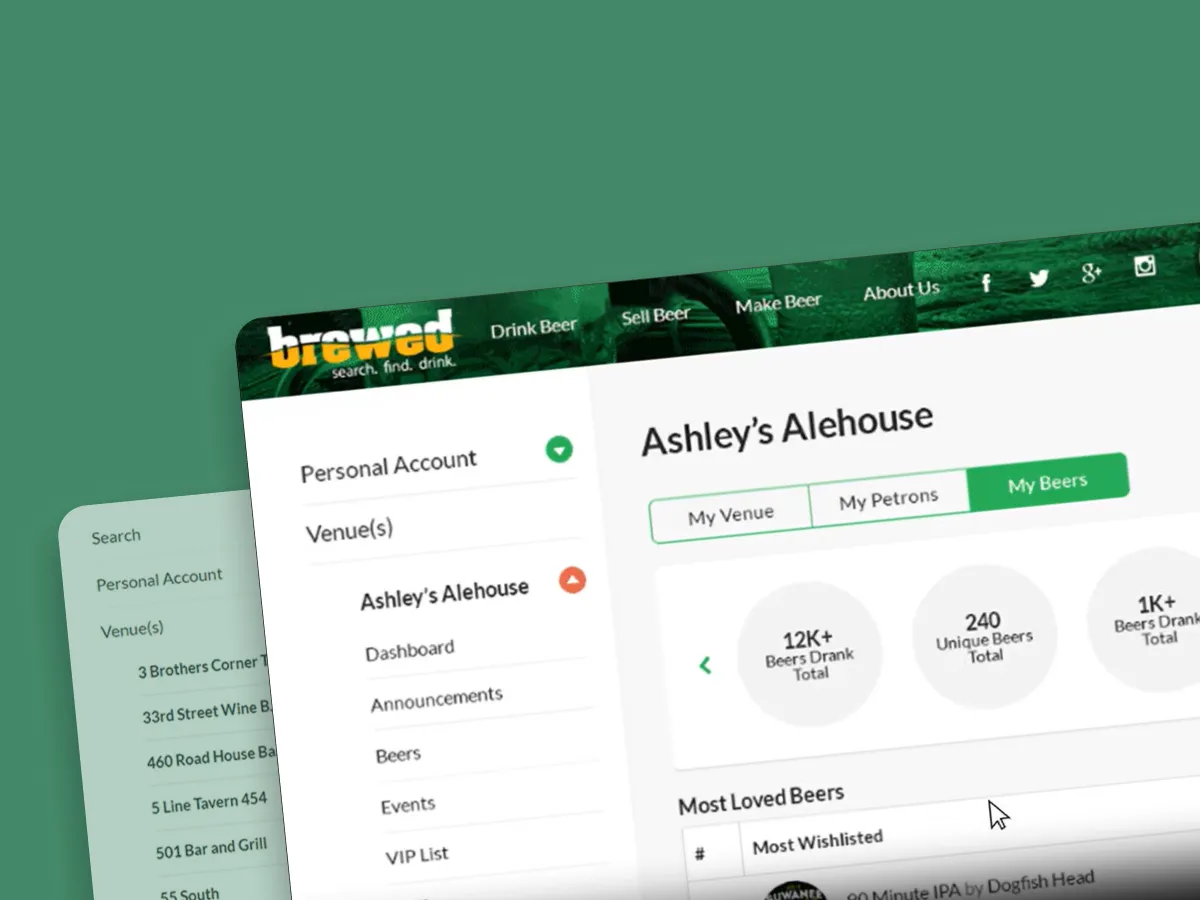How To Make A Location-Based App


Location-based app development is one of the hottest trends right now. The value of location-based services market is projected to reach $157.34 billion by 2026 owning the forecast growth to the wide capabilities of the named type of services.
Indeed, the dynamics of interacting between brands and consumers has been considerably transformed through location-based apps, as they allow interaction in real time.
These apps are capable of detecting the current location of users and allowing them to search for nearby stores, restaurants, movie theatres or interesting events to visit or attend. These apps have also influenced social networking and dating, as they allow you to find new people in your area and take advantage of convenient services hassle-free.
The best thing about location-based apps is that they have presented cutting-edge marketing tactics and services for businesses.
So, let’s take an in-depth look into location-based apps and how to create one.
What are location-based apps?
Location-based apps allow businesses to offer users services near their immediate geographical location. Everyone has a smartphone these days, and location-based apps are an important tool that speed-up the task of finding a person, place or service nearby. The location details for these apps are transferred through Wi-Fi, cell tower data, and satellite/GPS. All smartphones have built-in GPS, and you can improve that GPS signal through Wi-Fi or a mobile network.
When developing location-based mobile apps, you must use location services’ APIs and maps. They also offer information about objects close to them, provide respective suggestions, useful details, directions, and suggestions about a place or service. You have separate location-based APIs for both iOS and Android platforms. The best location-based app is Google Maps, which works well on Android phones, Windows phones, and iPhone demonstrating perfect cross-platform capabilities.
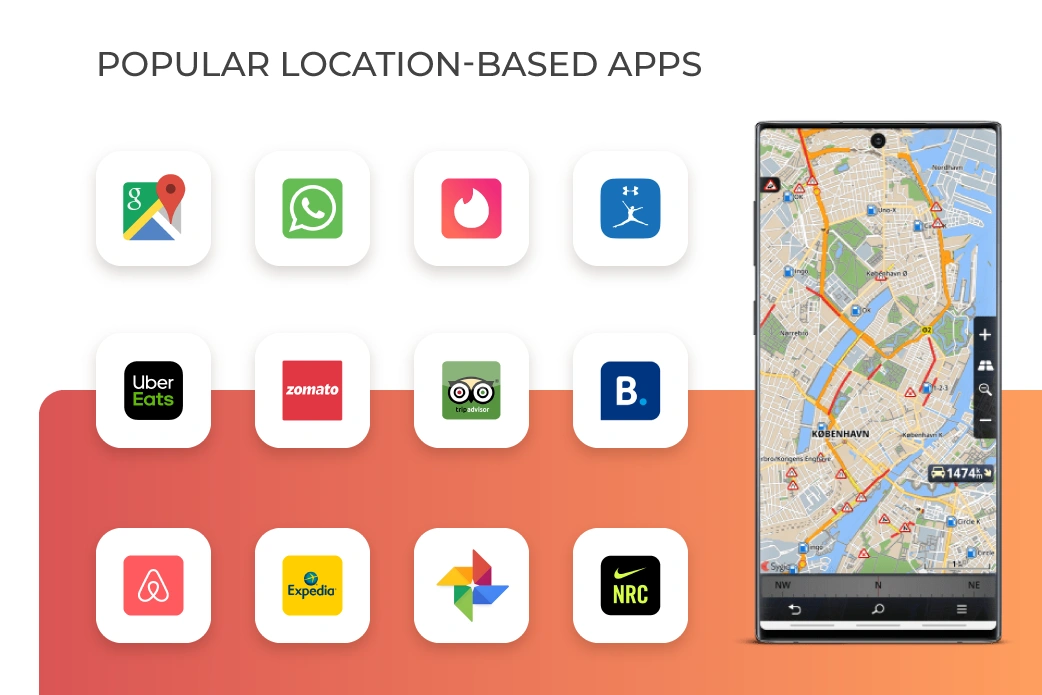
Is there a demand for location-based apps?
The answer to that is, YES! There has been an influx of geo-dependent mobile applications, which are popular on the market. Most of them can’t work without locating a user, while the rest take advantage of geolocation features that make their services more convenient. The location-based services include route tracking, fitness applications, guides, navigators, social networks with geotagged photos, and more. There is a massive demand for location-based apps, and their basic functions include the ones we list below.
Marketing function
Incentive marketing campaigns have been using geolocation as a tool to create new interaction mechanics with consumers.
Information function
Users get first-hand real-time information about objections of a location and nearest objects.

Communication function
Businesses can register places on maps, and users can read reviews of places, leave feedback about select services, and link content to certain places on the map.
Social function
It ensures that you can identify the current location of anyone.
Types of location-based apps
The corporate world welcome location-based mobile apps and services, as they opened new marketing opportunities for established businesses and startups. There are various types of location-based mobile apps, all of which have different requirements. The diverse nature and scope of location-based apps have ensured that these apps can provide better services to people with great ease. It enables customers to take advantage of services in real-time and share recommendations with their friends about places and services.
There are various kinds and types of location-based apps, and here are the most popular types:
Travel apps
Travel apps use the location feature seamlessly by allowing people to choose places they want to visit, and even provide them with guidance for the route and place recommendations. It can be a community platform or a dedicated travel app that is based on location-based applications.
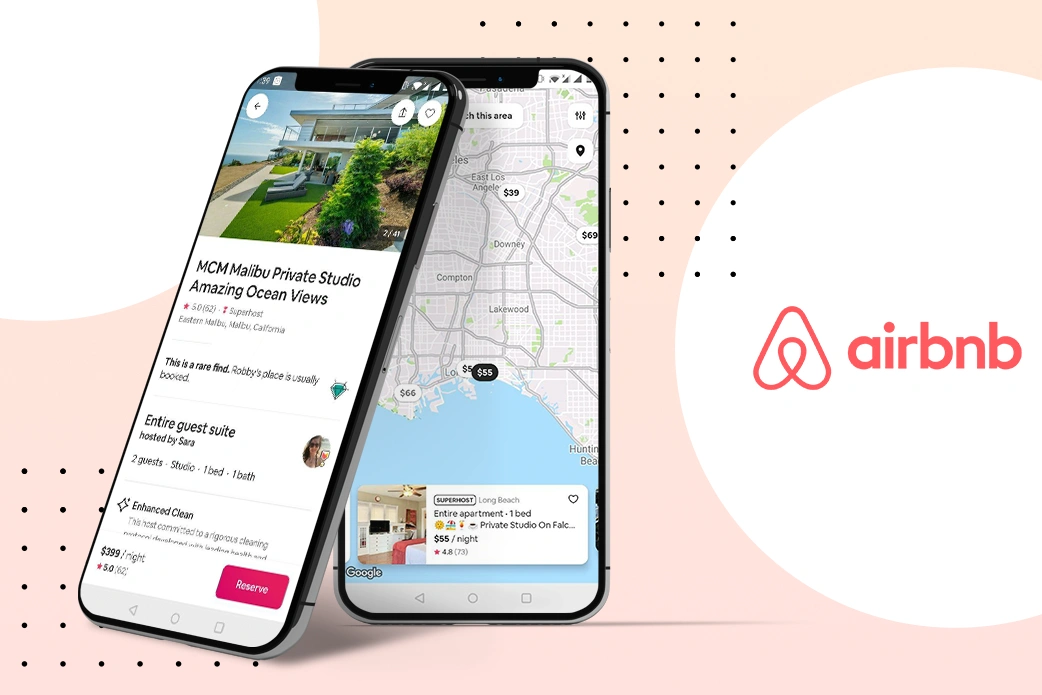
E-commerce apps
E-commerce apps also come with location-based features that offer delivery and shipping information to customers on their orders. It also helps retailers track the location of customers to provide them with better services, and all categories of such apps use the feature to dominate their market space.
Dating apps
The leading dating apps use the location setting to help users find potential dates nearby. People can connect with others of similar interests using such apps.
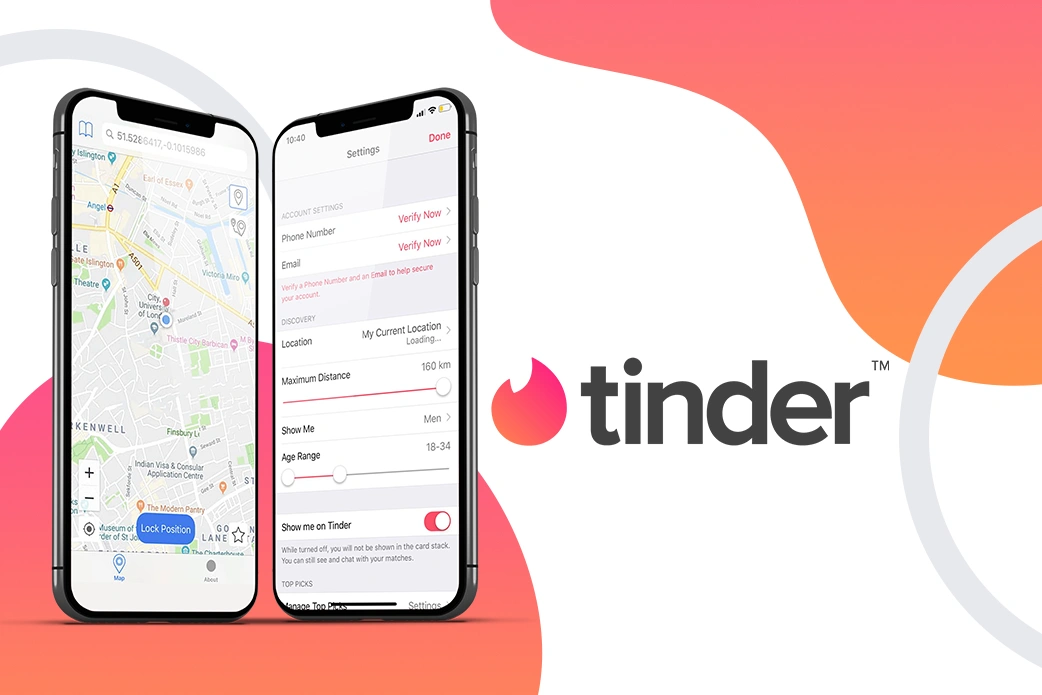
Mapping and navigation apps
Google Maps have changed the dynamics of map-based and navigation applications, which use an extensive range of features that users can use to their benefit. They provide users with reviews and suggest various routes to any place on the map.
Social apps
Users on social media use location-tags on videos and photos to share their activities with friends. The location-related tags may include the address of a resort, a nightclub, a gym, or a restaurant.
On-demand apps
All on-demand apps come with location features, whether they are an app for taxi booking or food order delivery. Businesses can offer effective on-demand services to increase customer engagement.
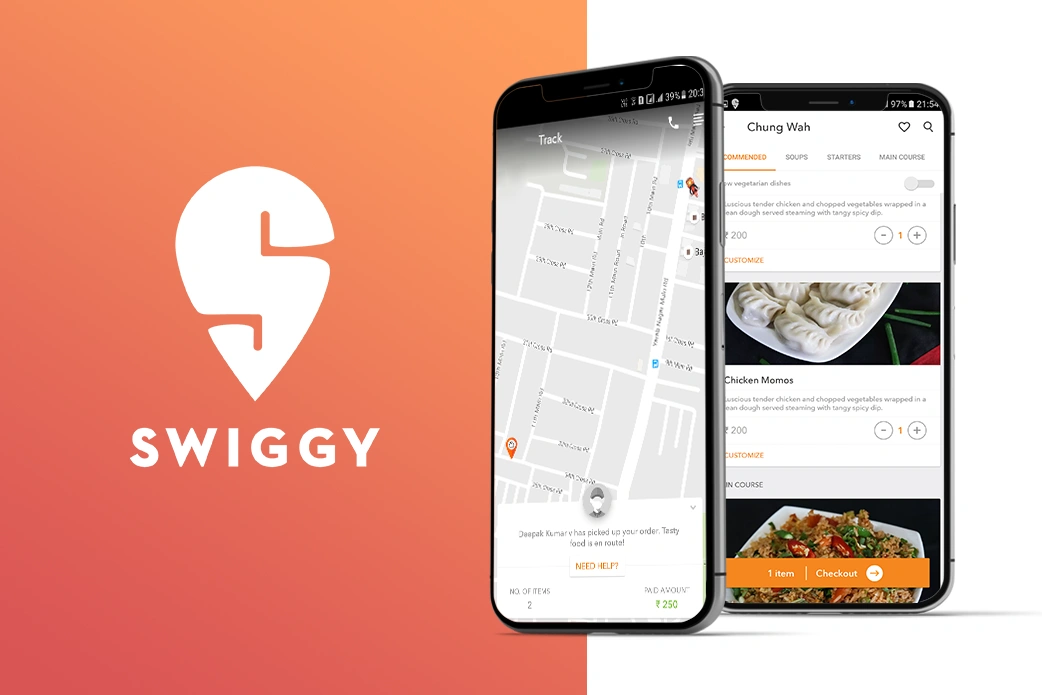
Health and fitness apps
The fitness and health industries thrive as people around the world make their well-being a top priority. These location-based apps can track all outdoor sporting tasks like swimming, cycling and more. They also allow users to plan their workouts and analyze their daily fitness activities.
How to create a fitness app
How location-based app development can benefit your business
One of the main reasons why location-based apps create a trend that is here to stay for so many businesses is mainly down to their commercial benefits. The convenience and effectiveness of the location-based feature in these apps have opened new avenues for people. It has allowed businesses to provide different aspects and versions of services, and consumers can now easily find any business or service anywhere.
If you’re wondering how a location-based mobile app development will benefit your business, you need to read their advantages mentioned below:
1. Accurate and quick services
2. Easier searching and shopping suggestions
3. Great navigation and virtual tour
4. Personalized experience
5. Real-time offers that are relevant
Accurate and quick services
Businesses have taken advantage of location-based apps, as they have allowed them to deliver precise and prompt services to consumers. Big names like Uber have benefited greatly, as GPS technology allows businesses to identify the exact location of any consumer. This gives them the opportunity to send their brands or products with precision in no time, and it is one of the best benefits that may enhance your trust among customers.

Easier searching and shopping suggestions
Companies and brands can examine the behavior of users with the available data and offer great suggestions for shopping. They can provide individual discounts to users when they get clear pictures of the shopping pattern of users. People may also search for anything on their mobile and the app will help brands market their services or products as suggestions to the local market.
How to make your own shopping app
Great navigation and virtual tour
Hospitals may provide virtual tours with great navigation with the app, and businesses have also used the concept of Augmented Reality (AR) with integration. It is a great use of interesting and impressive location-based capability. They can superimpose virtual elements on businesses and real-world objects that allow customers a better and more interactive experience.
Personalized experience
Another great feature of location-based apps is that these apps are an outstanding mobile advertising tool. They allow businesses to send marketing information, discounts, and coupons with push notifications to customers. This ensures that businesses can offer a personalized experience that will be based on the preferences of customers.
Real-time offers that are relevant
Location-based apps can be synchronized by businesses with their internal company systems to offer consumers with promotional offers and information. This allows businesses to connect with their target audience and interact with them to provide better customer services. Businesses can easily acquire valuable data about the behavior of their customers and can plan accurately based on that.
Want to create a Location-Based app? Our team is at your disposal!

Business First
Code Next
Let’s talk
Geolocation Technologies
If you’re interested in building a custom location-based application, you should use location and mapping services simultaneously. You can do that in various ways using Cell ID, Wi-Fi, or GPS:
GPS location:
All smartphones and tablets have built-in GPS modules. These aren’t the easiest way to use the service, because a GPS signal is accurate and fast, but isn’t always available.
Wi-Fi location:
Wi-Fi works in the same manner that GPS does, but it covers smaller areas. However, it works extremely well with RSSI and works well with Google Places and Google Maps.
Cell ID:
You can also use GSM base stations to identify the geo-position of a user. Mobile phones know which cell towers are connected. By identifying the cell station coordinates, they can determine the location on their smartphone map.
The most important thing you should consider is how to ensure speed and reliability of geolocation app. You can also choose the GPS-based apps but be aware that they might drain the battery of the user and lead to inaccuracies in GPS technologies.
How to make a location-based app
If you’re thinking about how to create a location-based app, we are going to tell what steps you need to take.
In general, the process of creating a geo-based application includes the following steps:
- Exploring all marketing opportunities
- Thinking over app functionality
- App design
- Selecting the technology for location tracking
- Checking regulations for data safety
- App development
- App testing
Step 1. Explore all marketing opportunities
The first thing you should do is use the geolocation app to come up with new ones or use cases since there is great potential with existing market leaders and potential users.
The main thing you need to know is that you can appeal directly to different users, which will set you apart from the competition. You can create your own location-based app by talking to potential users and understanding the existing market leaders.
Step 2. App functionality
To ensure that your app is completely functional, you should integrate some of the core elements into your location-based app. These will include the following:
- Map view
- User location detection
- Route mapping
- Places near me finder
- Location-based notifications
- Location history
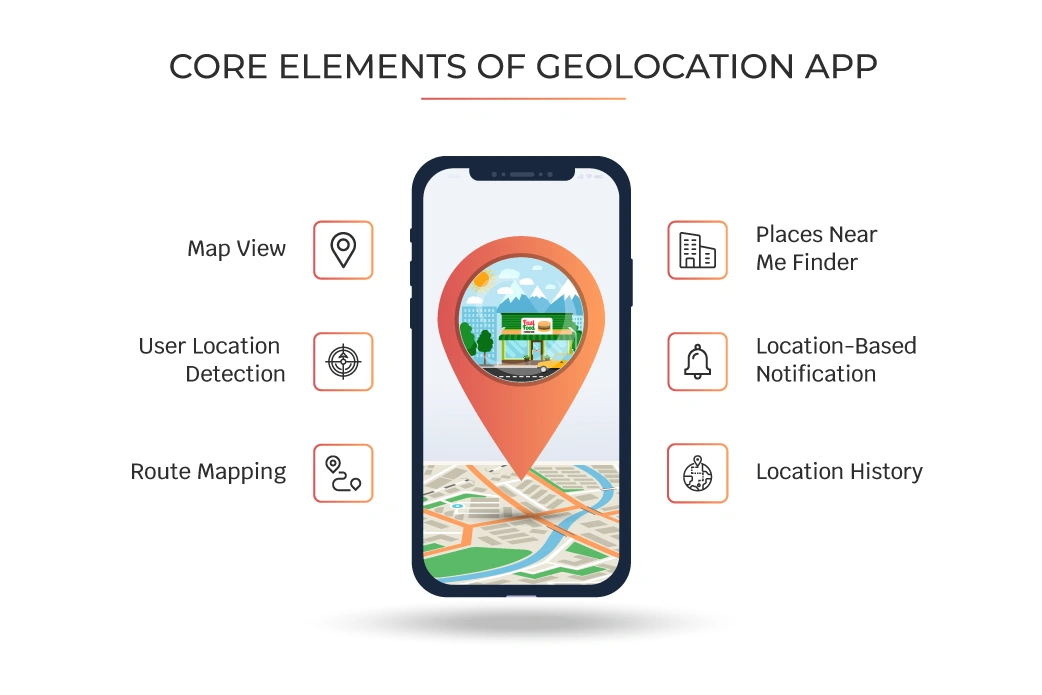
There are other features that will define the category and purpose of your app, but you should ensure that you don’t overload the app with features. You can build an MVP first, but that means adopting a low-risk strategy that will verify your concept.
Step 3. App design
You can create a visual prototype of the app in different ways to validate your concept. Once you have established different wireframes, you can pitch the idea to investors or test its functionality with potential users.
Step 4. Select the technology for location tracking
The technology stack required to create the location-based app may include:
- Google Geolocation API (returns a location and accuracy radius based on information about cell towers and WiFi nodes that the mobile client can detect)
- Google Maps API
- Google Maps Directions API (to search for directions for several modes of transportation, including transit, driving, walking, or cycling)
- Google Distance Matrix API (provides travel distance and time for a matrix of origins and destinations, based on the recommended route between start and end points).
- Google Maps API
- Core Location API (to determine a device’s geographic location, altitude, and orientation, or its position relative to a nearby iBeacon device)
- Google Maps SDK (to add maps based on Google maps data to your application)
- Apple MapKit (to display map or satellite imagery within your app, call out points of interest, and determine placemark information for map coordinates).
The best solution is Google Maps because it offers the best way to integrate an app with a smart interface and a nice design.
To add more location-based features to your iOS/Android app you can use the following APIs:
- MapBox (as an alternative to Google Maps)
- Google Places API (to receive detailed info about places nearby)
- Foursquare API
- Facebook Places, Yelp API, and TripAdvisor API
Another geolocation service that is great for Web apps is HTML5 Geolocation API. In those cases, the location service works with HTML5 code that is written in JavaScript.
It helps to find the current location of users by displaying on the map with up-to-date street details. The HTML5 location includes recommendations and navigation services because the user’s device browser also supports HTML5. The best thing about this is that HTML5 API needs permission and has extremely low privacy level when compared with Wi-Fi location or GPS services.
Step 5. Regulations for data safety
There is a lot of regulation when it comes to data safety, and the standards are to be observed without fail not to compromise the security of an app. There are a lot of data-heavy products used in location-based apps. You must ensure that you comply with all local regulations in the country you are launching your mobile app in.
Step 6. App development
Engineering is one of the most important and time-consuming aspects of geolocation app development, which uses location-based apps. To ensure that the process is predictive and manageable, we recommend using state-of-the-art development methodologies.
Step 7. App testing
The last step is testing the location-based app to ensure that it meets all code requirements. If you’re looking for a more efficient method, the test-driven development (TDD) approach is the most efficient. Once you have written tests and created the code, you will nullify all potential bugs, and increase product quality and transparency.
Describe your project idea, and we’ll estimate it for free

Business First
Code Next
Let’s talk
Conclusion
Location-based apps enjoy extreme popularity across any industry. They transformed the way brands interact with their customers offline and online. You can make geolocation apps for businesses and benefit your audience with information in real-time. You can also gain trust and ensure that the private information of your customers is protected. Those are the hallmarks of successful location-based apps.
To get professional advice, contact us by [email protected], and we will consult you for free on a cost estimate of your project.
FAQ
Location-based apps are an important tool that speed-up the task of finding a person, place or service nearby. The location details for these apps are transferred through Wi-Fi, cell tower data, and satellite/GPS. All smartphones have built-in GPS, and you can improve that GPS signal through Wi-Fi or a mobile network.
Here are the most popular types of location-based apps with examples:
- location trackers (Waze, Glympse, Google Maps)
- location-based social apps, messengers (Facebook, WhatsApp)
- dating apps (Tinder, OkCupid)
- health and fitness apps (Nike Running Club, MyFitnessPal, RunKeeper)
- on-demand delivery apps (UberEats, Zomato)
- travel apps (Expedia, TripAdvisor, Booking, AirBnB)
- weather apps (Yahoo Weather, Weather by Apple)
- photo location finder apps (Google Photos, Explorest)
Development of a geolocation application requires the following steps:
- Explore all marketing opportunities
- Pick the app functionality
- App design
- Select the technology for location tracking
- App development
- App testing
- Launch
Choosing a reliable tech partner is a key factor in project success.
If you’re interested in building a custom location-based application, you should use location and mapping services simultaneously. You can do that in various ways using Cell ID, Wi-Fi, or GPS.
Build your ideal
software today



